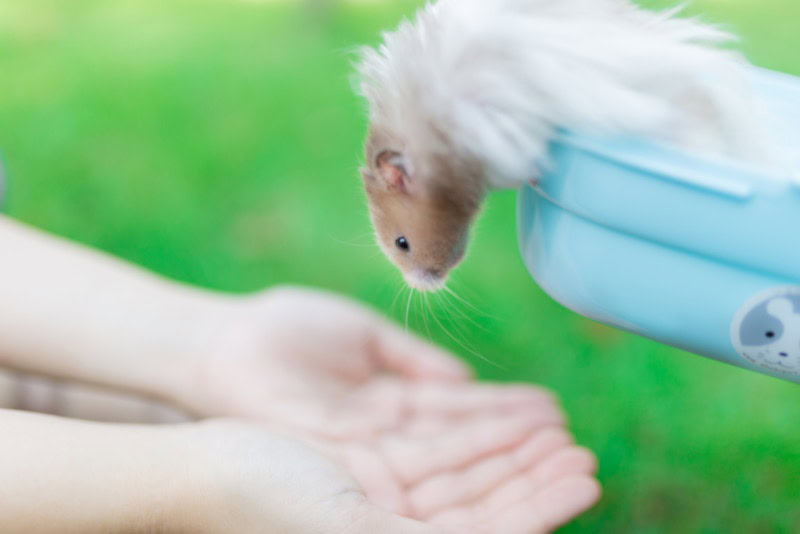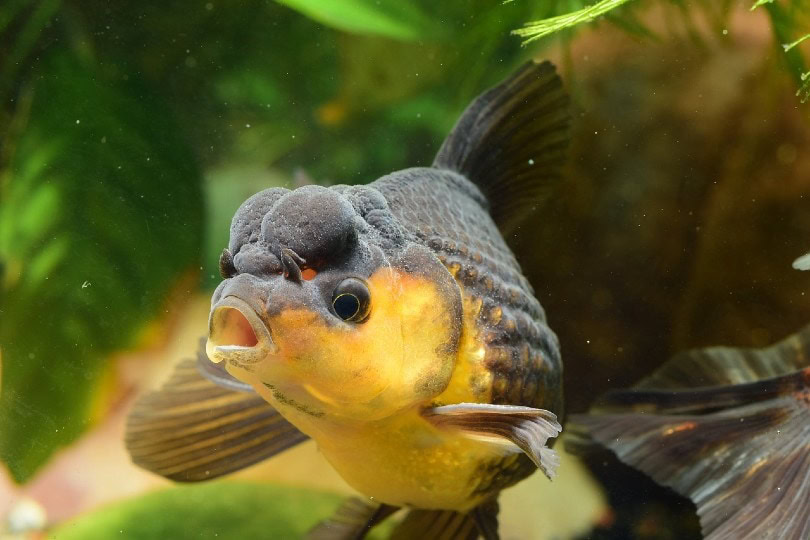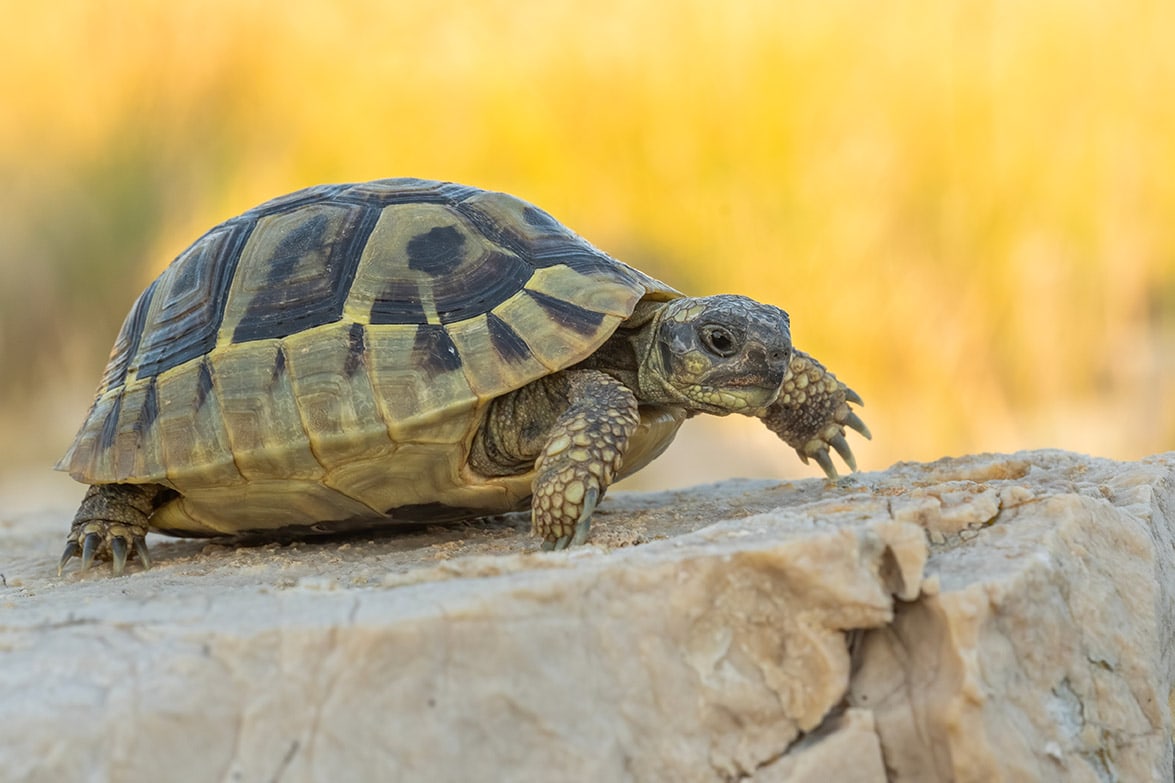VET APPROVED

The information is current and up-to-date in accordance with the latest veterinarian research.
Learn more »Click to Skip Ahead
If you’re a hamster owner, you may be wondering if hamsters can jump. After all, they have short little legs that don’t look like they can do much of anything but run on a hamster wheel. But the truth is that hamsters can indeed jump. This often surprises many pet owners who typically associate jumping with larger animals like dogs or cats.
However, hamsters also possess the ability to leap, though their jumps are not as high or long. The degree to which a hamster can jump depends on their species. Let’s learn more about hamsters and jumping in this article.

Why Do Hamsters Jump?
Hamsters are ground dwellers and natural burrowing animals. Their front legs have stellar digging abilities; however, their hind legs aren’t strong enough to facilitate impressive jumps. Hamsters also have relatively poor height and depth perception as they’ve evolved to live on the ground. They’re not very good at judging their ability to jump and can get injured if they jump from a high surface.
Hamsters are not known for their jumping ability but may jump for a few reasons. Like other animals, they might leap to reach a higher platform, get their food, or retrieve a favorite toy. They also jump to escape from a perceived threat. If your hamster feels threatened or scared, they might jump out of their cage or off your hands to find a safer spot.
At other times, they jump as part of a “soft landing” while they navigate their enclosure; however, this is usually just a matter of them stretching as far out as possible and then dropping down.
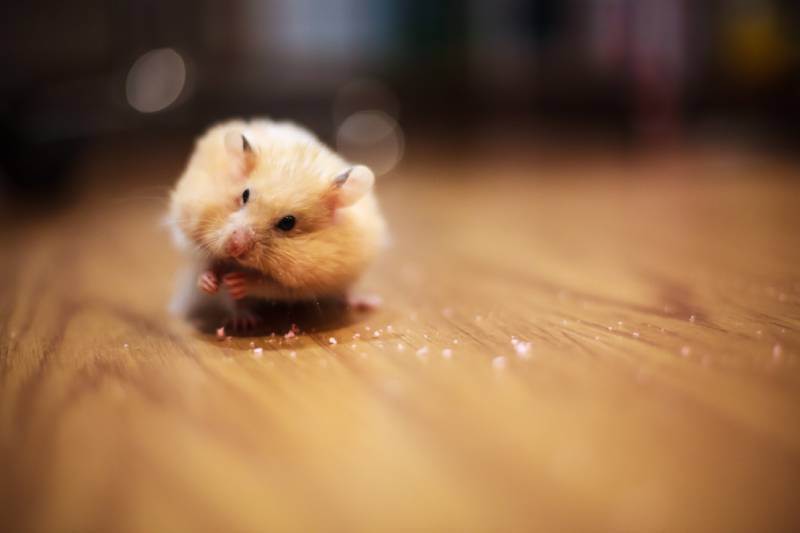
How High Can Hamsters Jump?
Most hamsters can only manage a jump of a few inches at most. No studies have been conducted to gauge their jumping ability since it isn’t considered typical behavior.

Tips to Ensure Safety for Your Hamster
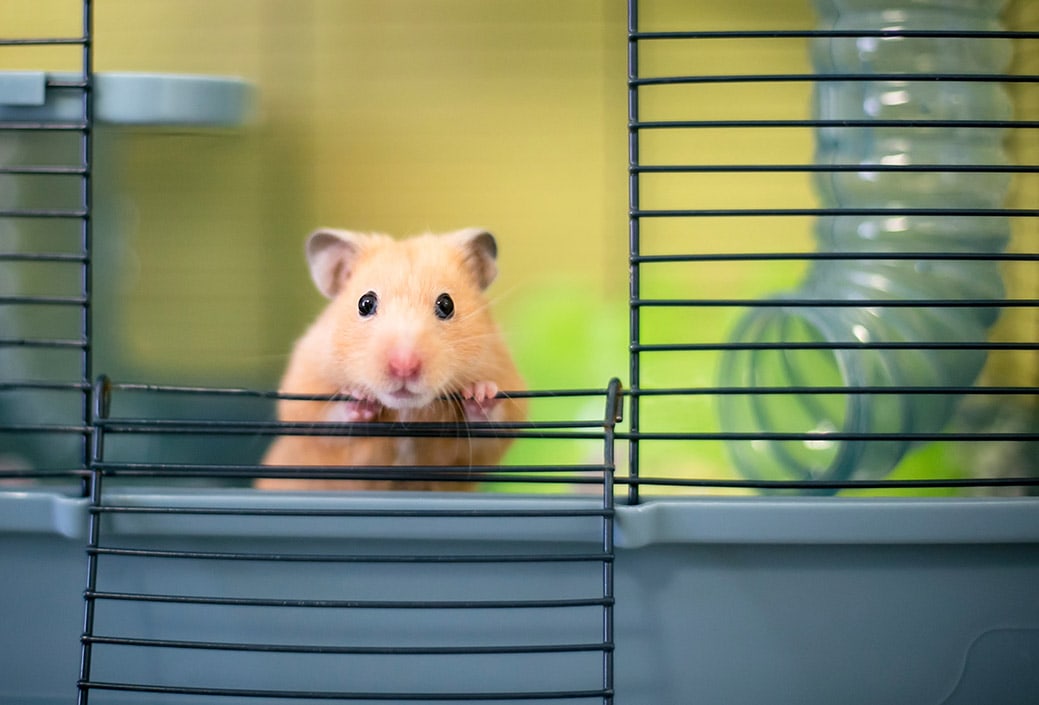
Hamsters are notoriously poor at jumping and often end up injured when they attempt to jump far distances. To ensure your pet’s safety, consider the following tips.
- Secure Enclosure: Place your hamster’s enclosure on a high surface, such as a desk or table. However, it’s very important to ensure that the enclosure is escape-proof. A hamster that manages to escape from their enclosure can easily get injured by jumping off a high surface.
- Enclosure Location: It’s ideal (but not necessary) to place your hamster’s enclosure on the floor. This minimizes the risk of injury if they ever escape and jump.
- Proper Handling: Your hamster should be held securely in your palm (for dwarfs) or both palms (for Syrians or large hamsters) and ideally held close to your chest. This ensures that they don’t panic when being handled and try to jump away.
- Proper Socialization: Hamsters that are socialized from a young age are more used to human interaction and are less likely to be startled or jump away when handled.
- Breed Selection: Dwarf hamsters are considered more challenging to handle when compared to Syrian hamsters; they frequently move around and may easily wriggle free from your hold and try to jump away. The Roborovski hamster is at particular risk for this as they are notoriously fidgety and active. Consider a Syrian hamster if you’re not confident with your rodent handling skills.
- Play on Floor: When interacting with your hamster outside their enclosure, play with them on the floor, ideally on a carpeted or soft floor. If a carpet isn’t available, a spare towel or any other soft piece of clothing can be used. This minimizes the risk of injury if your hamster decides to jump. However, care is necessary with these fabrics to ensure your pet’s claws don’t get caught in them, which can cause injuries.
By following these tips, you can ensure your hamster is safe and prevent potential injuries.
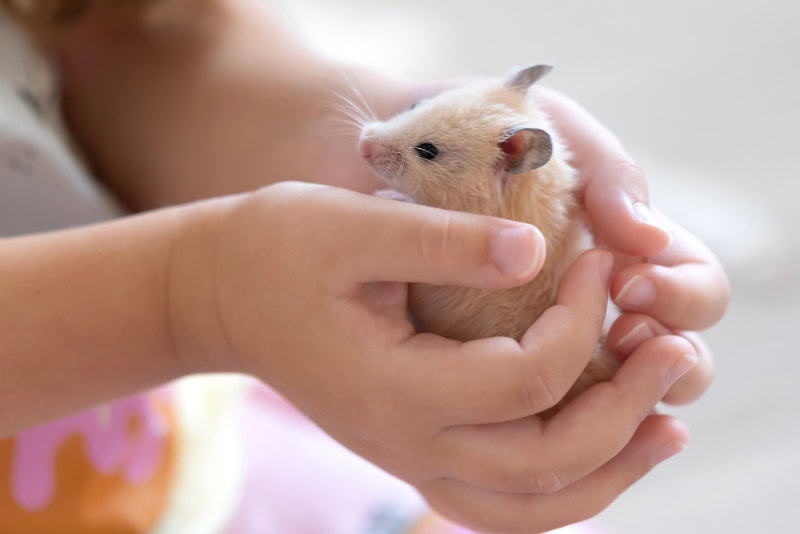

FAQs About Hamsters and Jumping
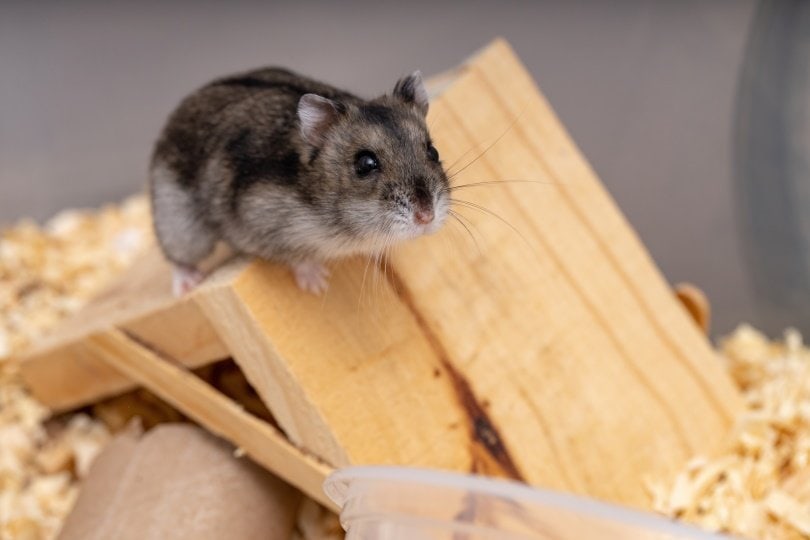
How Often Do Hamsters Jump?
Hamsters are natural burrowers and climbers, and they only jump when they feel threatened or when they have no other means of reaching their destination. Therefore, it’s a rare occurrence.
Are There Risks Associated With Hamsters Jumping?
Yes, there can be risks if the hamster’s environment is not safe. For instance, if their cage is too high off the ground, they could get injured from a fall.
Can I Train My Hamster to Jump?
While hamsters are not typically trained to perform tricks like jumping, they naturally jump as part of their behavior. It’s important to provide a safe environment for this activity, but you should not actively try to teach them how to jump.
What Should I Do if My Hamster Jumps Out of Their Cage?
If your hamster jumps out of their cage, stay calm and gently pick them up, taking care not to scare them. Place them in their transport cage and take them to your veterinarian, even if they appear “fine” for the moment. Falls from high elevations can lead to internal injuries in hamsters.

Conclusion
In conclusion, while hamsters are not renowned for their jumping abilities like some other animals, they can indeed jump. However, hamsters are natural burrowers and climbers, and jumping is usually used as a last resort and not something you should encourage. By understanding this behavior and ensuring a safe environment, you can help your pet hamster stay healthy, happy, and active.
- Related Read: Can Hamsters Get High? How Drugs Affect Rodents
Featured Image Credit: Akkalak Aiempradit, Shutterstock
